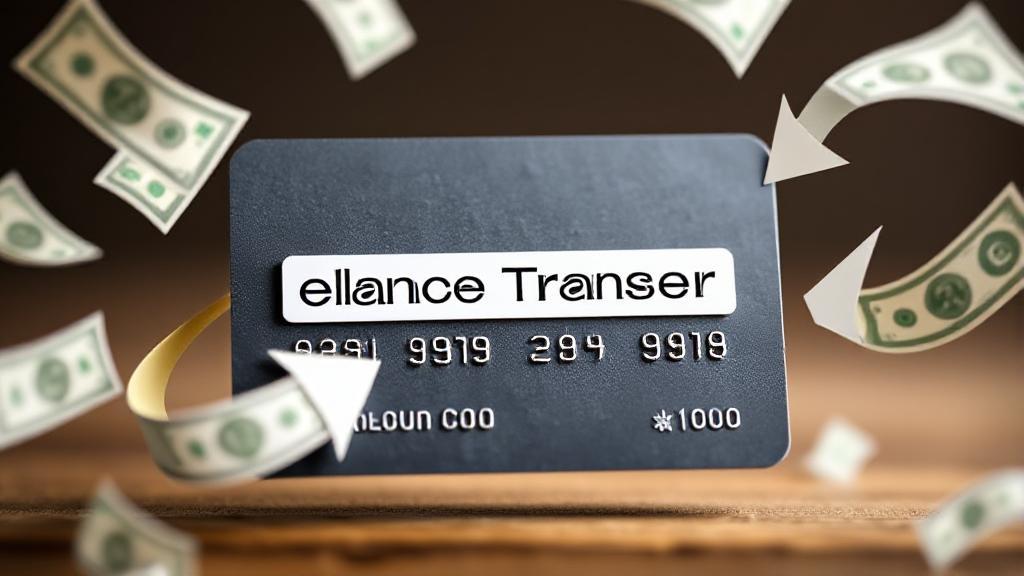What is a Balance Transfer?
A balance transfer is a financial strategy that involves moving the outstanding balance from one credit card to another, typically to take advantage of lower interest rates. This can be an effective way to manage debt, reduce interest payments, and pay off credit card balances more quickly.
The Basics of Balance Transfers
Key Components
Transfer Fees
- 3-5% of the transferred amount
- Minimum fee of $5-10
- Fee is added to the transferred balance
Interest Rates
- Introductory 0% APR period
- Regular variable APR after promotion ends
- Different rates for purchases vs. transfers
How Does a Balance Transfer Work?
Step-by-Step Process
-
Evaluate Your Current Debt: Assess your current credit card debt and identify which cards have the highest interest rates.
-
Research Balance Transfer Offers: Look for credit cards that offer low or 0% introductory interest rates. Websites like NerdWallet and Credit Karma can help you compare offers.
-
Apply for a New Credit Card: Apply for a card with sufficient credit limit to cover your transfer.
-
Initiate the Transfer: Provide account numbers, transfer amounts, and card issuer information.
-
Monitor the Transfer: Wait for completion (typically 5-7 business days).
-
Pay Off the Balance: Take advantage of the lower interest rate period to pay down the debt.
Benefits and Drawbacks
Advantages
- Potential interest savings
- Debt consolidation
- Single monthly payment
- Fixed timeline for debt repayment
- Faster debt repayment as more payment goes toward principal
Disadvantages
"The biggest pitfall of balance transfers is falling into the trap of continuing to use the old card while paying off the transferred balance." - Financial expert Dave Ramsey
- Transfer fees (typically 3-5%)
- Credit score impact from new account
- Limited time offers (usually 6-21 months)
- Risk of higher interest if not paid during promotional period
- Potential to accumulate more debt
Making the Most of Your Balance Transfer
Calculate the Savings
Best Practices
- Stop using the old card
- Create a repayment plan
- Pay more than the minimum
- Set up automatic payments
- Track your progress
- Read the fine print
- Avoid new purchases
- Plan for the end of the introductory period
When to Consider a Balance Transfer
A balance transfer might be right if you:
- Have good to excellent credit (typically 670+ FICO score)
- Can pay off the balance during the promotional period
- Are paying high interest rates on existing debt
- Have a stable income for regular payments
Alternatives to Balance Transfers
If a balance transfer isn't right for you, consider:
- Personal loans
- Debt consolidation loans
- Debt management plans
- Credit counseling services
For more detailed guidance, consider consulting resources like The Balance, CreditCards.com, or speaking with a financial advisor.
